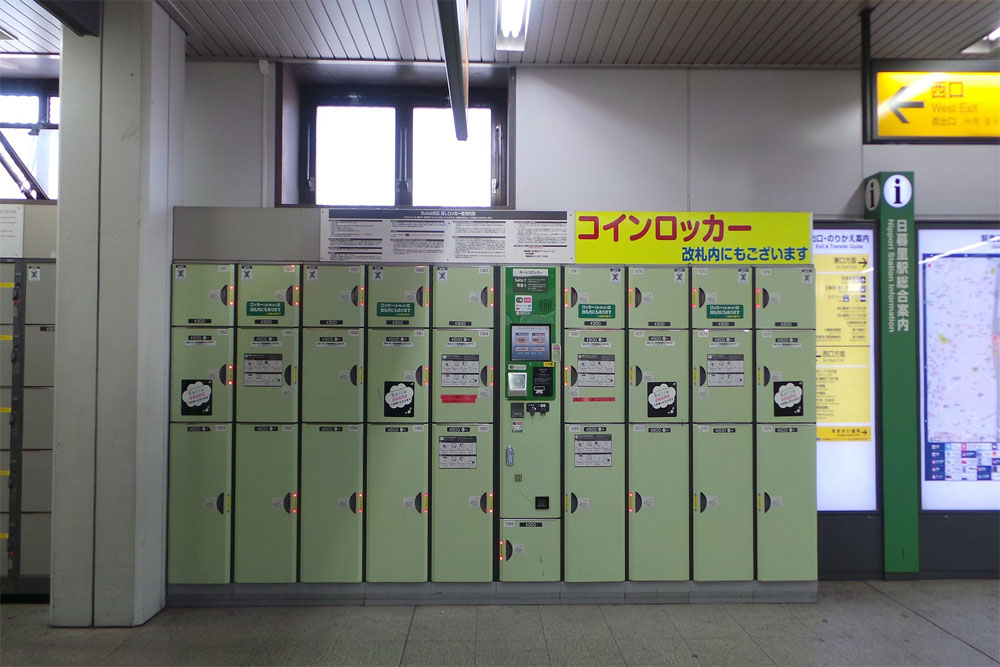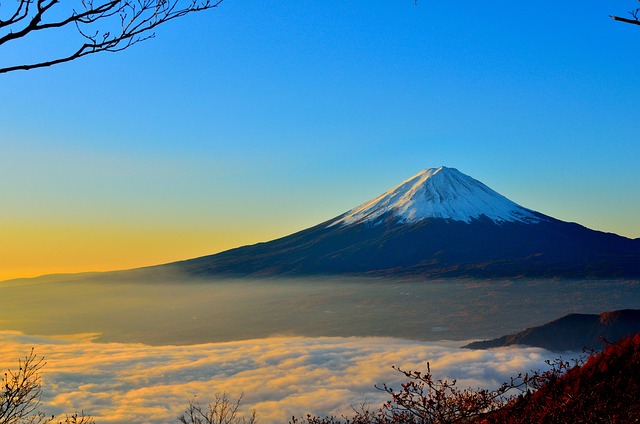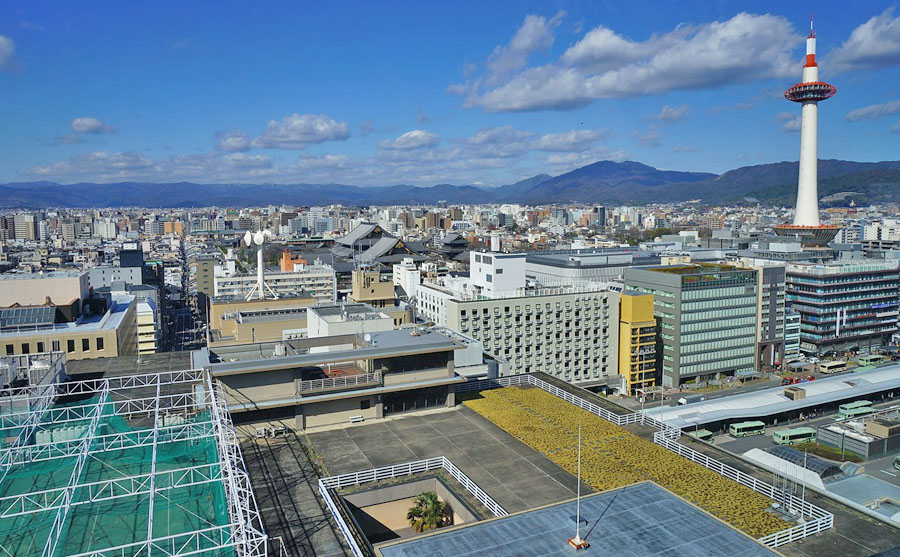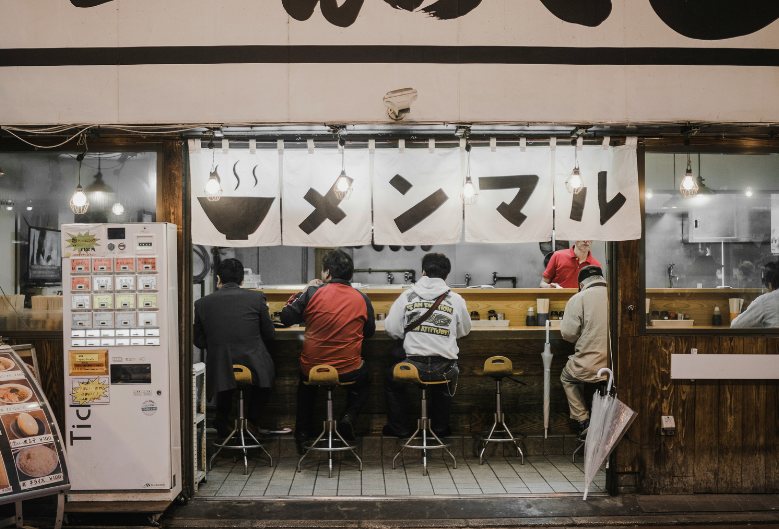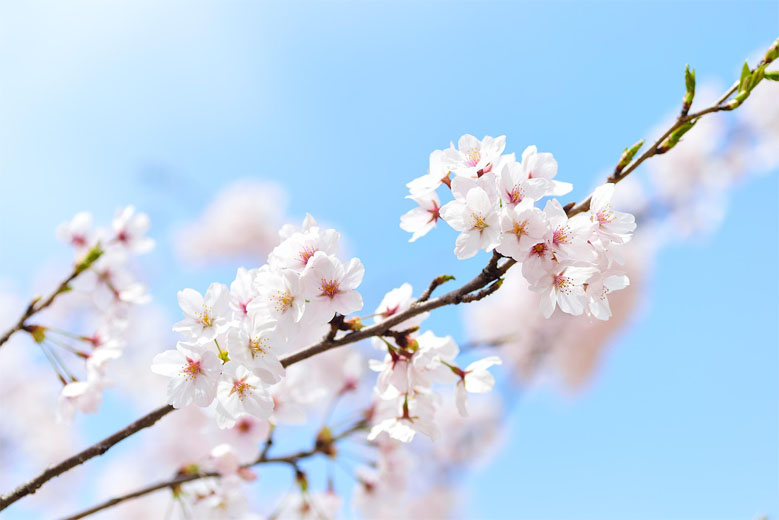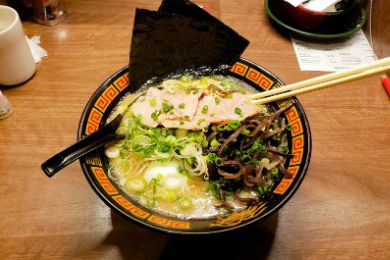
In recent years, Kyoto has experienced a surge in tourism, which has brought both wonderful opportunities and new challenges. Among the city’s most admired cultural figures are the Geisha, or Geiko and Maiko (apprentice Geisha), who remain central to Kyoto’s identity. Known for their elegance, artistry, and skill in traditional music, dance, and refined conversation, they continue to inspire visitors from around the world.
As tourism has grown, many travellers are eager to catch a glimpse of these iconic women in the historic Gion district. However, it is important to remember that Geisha are professionals on their way to work, not public performers. Treating them with courtesy not only preserves Kyoto’s traditions but also ensures that visitors leave with a more genuine and memorable experience.
Most tourists in Japan are respectful, and by following a few simple guidelines, it is easy to enjoy Kyoto while honouring its cultural heritage. The city of Kyoto has even introduced measures such as photography restrictions on certain private streets in Gion to help protect both residents and Geisha from unwanted intrusion. These steps aren’t meant to discourage visitors, but rather to encourage positive and respectful interactions.
For travellers, the key is simple: take time to learn about local customs, enjoy the atmosphere of Kyoto’s traditional districts, and participate in cultural experiences in ways that support, rather than disrupt, the community. By doing so, visitors not only avoid misunderstandings but also contribute to keeping Kyoto’s cultural heart vibrant for generations to come. In this Article, we’ve provided some general rules of thumb to help you engage with Geisha in a respectful manner.
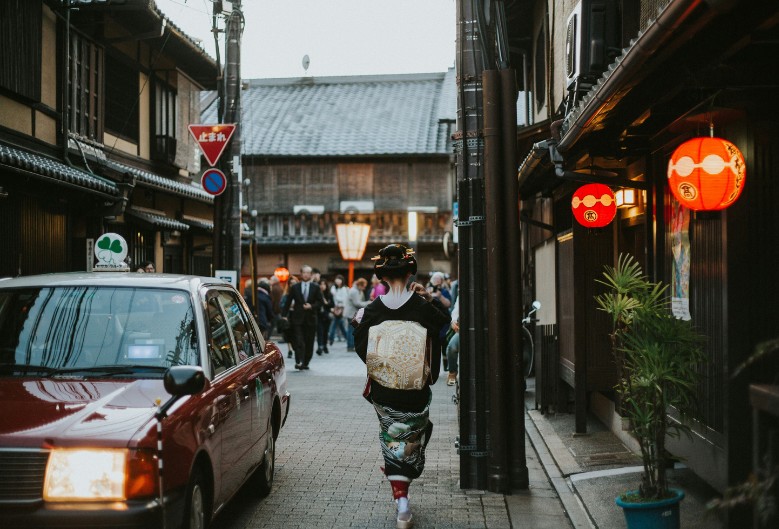
Don’t Treat Geisha Like Tourist Attractions
Geisha and Maiko are working professionals, not performers for the streets. If you see them, admire from a distance; never block their way, grab their clothing, or demand photos.
Keep in mind these Geisha and Maiko are going to and from home, and work. We’re sure you wouldn’t appreciate someone taking photos of you from the second you leave your house in the morning, until you head home for the night.
Ask Permission Before Taking Photos
In Gion and other traditional neighbourhoods, some streets ban photography altogether. Even in public areas, always ask politely before snapping a photo of locals, especially Geisha.
However, there are some occasions where you might be presented with a photo opportunity. In which case, it’s a general rule of thumb to ask for permission politely, and respect their answer.
Helpful phrase to learn;
Pronunciation: Sumimasen, shashin o totte mo ii des ka?
Meaning: Excuse me, may I take your picture?
Pronunciation: Arigatou gozaimasu
Meaning: Thank you.
Possible Responses:
Yes: The Geisha/ Maiko might smile, nod, or say はい (hai) / “Yes.” If so, thank her warmly: ありがとうございます (arigatou gozaimasu).
No: More often than not, especially if she is on her way to an appointment, she will politely decline, perhaps with a small bow and a phrase like ごめんなさい (gomen nasai ), meaning “sorry”. If this happens, simply bow, smile, and step aside to let her continue.
Support Geisha Culture the Right Way
Rather than bombarding Geisha and Maiko on the street, consider booking a cultural experience, such as a tea ceremony, dance performance, or dinner with a Maiko through an authorized venue. This way, you support the tradition while enjoying it appropriately.
Stay on the public roads, and keep your voice down
Many alleyways in Gion and other areas are private property. Respect the signs, and avoid wandering into areas marked as restricted.
Furthermore, Kyoto’s historic districts are often residential, with narrow streets and traditional wooden houses. Loud conversations, shouting, or playing music disturbs the atmosphere and the people who live there.
Explore More Stories
Japan Rail Pass | Travel Tips
Unlock Japan with the Japan Rail Pass
Where to Store Luggage in Japan
Your guide to travelling Japan unincumbered
Cycling in Japan – What you might want to know
General rules of thumb for cycling in Japan
Frequently Asked Questions About Japan
Most commonly asked questions
2 Days in Kyoto – Kyoto Itinerary
Ideas for your 2-day trip to Kyoto
Getting to Japan – International Airports | Travel Tips
Your guide to Japan's major airports
Discover Japan with the JR Pass
Discover Japan like never before with the Japan Rail Pass (JR Pass), your ticket to seamless travel across the Japan. Unlock the full potential of Japan’s extensive rail network, renowned for its punctuality, comfort, and convenience.
Discover Japan like never before with the Japan Rail Pass (JR Pass), your ticket to seamless travel across the Japan. Unlock the full potential of Japan’s extensive rail network, renowned for its punctuality, comfort, and convenience. Read More…
Forget the hassle of purchasing individual tickets for every journey. The JR Pass offers exceptional value for money, available in flexible durations ranging from 7 to 21 days, allowing you to tailor your travel experience to suit your itinerary. Read More…


